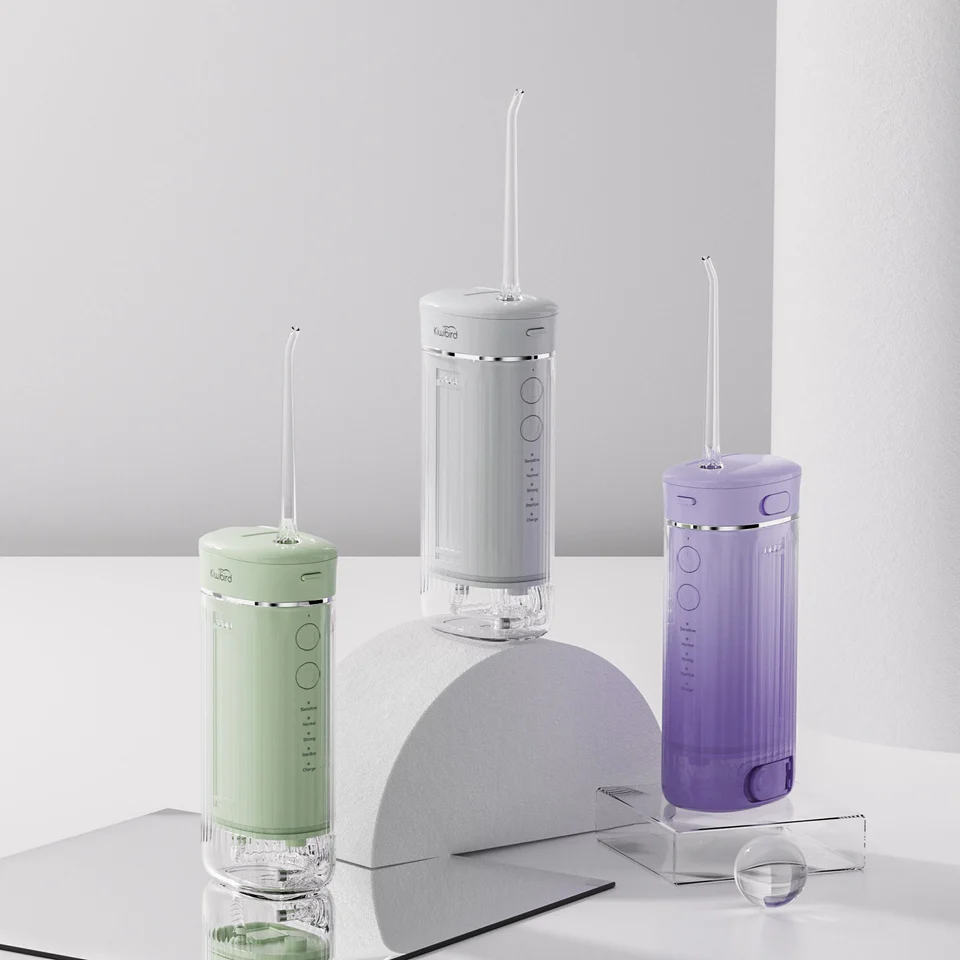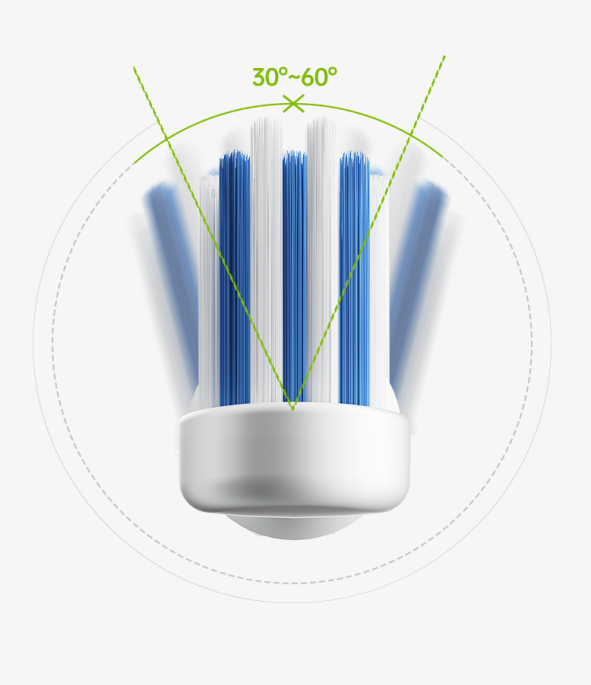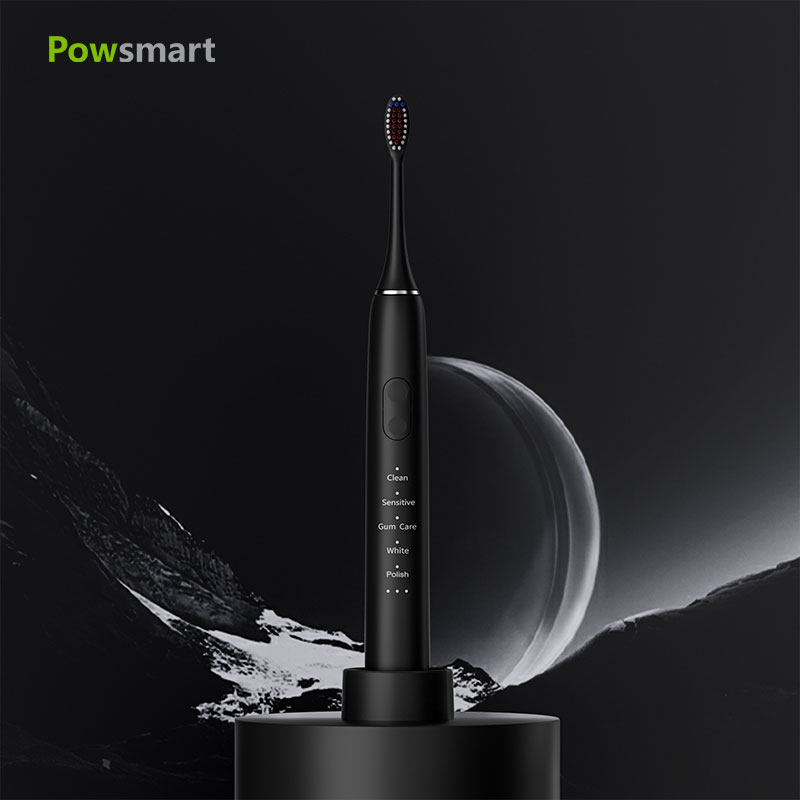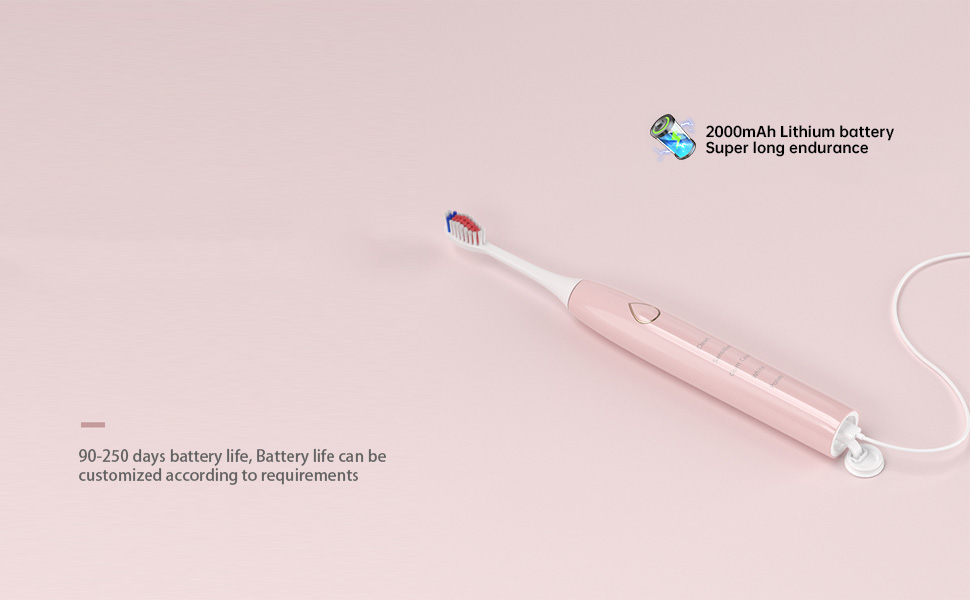When LED flickering and adapter fires appear together, many manufacturers and distributors underestimate how dangerous this combination can be. What may start as minor performance inconsistencies can rapidly escalate into severe electrical hazards and product recalls. This article breaks down why these issues arise, how they are connected, and what proactive steps brands can take to protect end-users and maintain product integrity.
While occasional LED flickering is often dismissed as harmless, it frequently indicates:
These inconsistencies not only disrupt the user experience but also strain the components, increasing the chance of thermal stress and electrical shorts.
In some cases, adapter fires are the direct consequence of ignoring flickering symptoms. Here’s why:
Especially in high-demand environments—like professional clinics or large-scale retail displays—this chain reaction can trigger extensive damage. Company web: https://www.powsmart.com/product/electric-toothbrush/
Manufacturers have identified several contributing factors to LED flickering and adapter fires occurring together:
Addressing these root causes during development and procurement is essential.
-1-1024x576.png)
When devices cause property damage or safety incidents, repercussions can include:
These risks illustrate why early detection and prevention are not optional—they are a core part of product lifecycle management.
The good news is that proactive design and quality control greatly reduce these risks. Consider implementing:
These measures not only protect end customers but also strengthen your brand’s reputation for safety and reliability.
Even with robust engineering, educating distributors and users is crucial:
A clear communication plan can prevent accidents and ensure faster response times if issues arise.
The combination of LED flickering and adapter fires is not a coincidence—it’s a clear sign of underlying electrical vulnerabilities. For manufacturers serving professional and commercial markets, the stakes are too high to ignore. By investing in better components, stringent testing, and proactive education, you can dramatically reduce the chances of catastrophic failure—and reinforce your brand’s commitment to safety. Contact us

Why Can’t the Nozzle of the Water Flosser Be Disassembled and Replaced?
.jpg)
How a Mumbai dental toothbrush enhances Periodontal care Mumbai standards

Benefits of owning your own brand of WAVE electric toothbrush

Innovative Features That Make Your Electric Toothbrush Stand Out
Does Teeth Sensitivity Worsen Tetracycline Stains? New Whitening Side Effects!

Enjoy Using a Water Flosser to Boost Oral Hygiene

BPA-Free Brush Heads: Why They Matter for Oral Care Brand Owners

Waterproof Technology for Electric Toothbrushes
.jpg)
Product Expansion Strategy: Why Brands Should Add Water Flossers to Their Lineup

Why can’t the electric toothbrush be charged?
Grip Fatigue with Noise Pollution – Design Flaw?

How Water Flosser is Made: China Factory Visit
.jpg)
Gum Care Electric Toothbrush Manufacturing – Clinically Proven Oral Care

What Are the Key Points to Note When Using the LED Teeth Whitening Device and Whitening Gel Together?

Analysis of the Whole Process of Electric Toothbrush Labeling: The Complete Cycle from Design to Shipment

The Market is Growing Rapidly: Is There Still an Opportunity to Enter the Oral Irrigator Industry?

electric toothbrush heads Deep Clean

electric toothbrush heads Charcoal Infuse-Round

electric toothbrush heads Ultra Soft

electric toothbrush heads Regular Clean

Private Label Whitening Gel

Electric toothbrush heads Charcoal Infused-Diamond
.jpg)
Florida Electric Toothbrush – Powsmart PTR-C8

Customization Teeth Whitening Gel